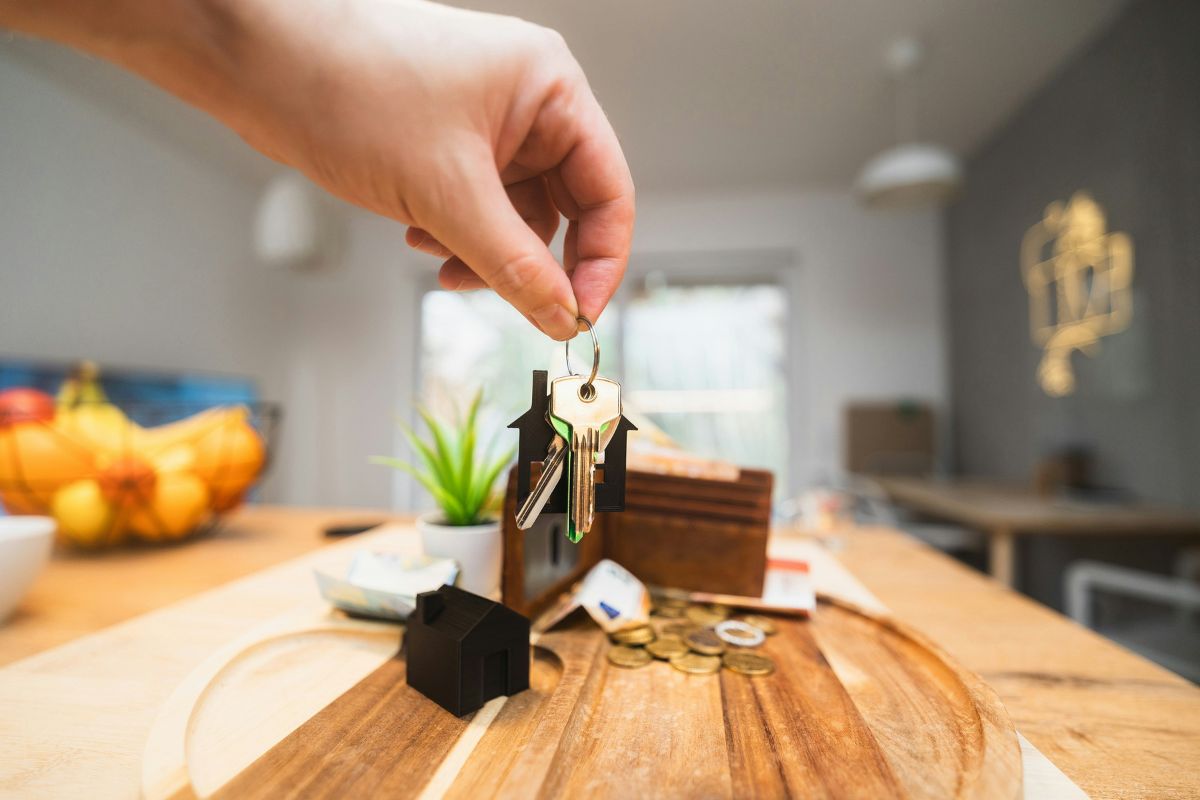Making the Switch from Interest-Only to Principal and Interest Payments
Most property investors start out paying interest only (IO) on each of their assets. It’s a popular choice because it allows you to be positively geared from the get-go. The rent paid by a tenant should cover an IO loan and free you up to use the extra cash to make further investments and expand your portfolio.
On the flipside, there are those who pay principal and interest (P&I) straight up. Most of these people would be looking to offset their taxable income in the short term through negative gearing, while accessing the long term growth of the asset. This method benefits high income earners the most, so is not necessarily for everyone.
How does IO work?
Most banks allow you to pay IO for a period of 3-5 years, before you have to roll over and begin paying down the principal value on top. If you don’t feel you’re ready to pay down the principal at that stage, you’ll need to refinance to another lender.
You may think it attractive to just keep refinancing and paying IO in perpetuity, but if you do that, you are stuck paying interest to a bank for all that time too. At some point, it’s best to pay down your debt so you can stop paying money for nothing to the bank.
Other benefits of switching
Paying P&I will reduce the amount of interest you pay over the life of the loan, because obviously you’re paying interest on a decreasing loan balance. It also therefore reduces your exposure to interest rate volatility, like the sharp rate rises we have seen over the past 16 months. And of course, you will generally get a better rate deal from the bank on a P&I loan than on an IO.
Then there’s equity. If the market is performing well, paying down the principal will help boost your equity. And if the market’s not performing well, it will at least boost your safety buffer.
Exit strategy
If you’ve followed the work of B.Invested founder Nathan Birch, you would have heard about the importance of having an exit strategy for your debt.
One of Nathan’s most common examples of doing this is to sell half the properties in your portfolio to pay down the rest.
For example, if you have accumulated 10 properties for a similar price and they have doubled in value over a period of time, you can sell five to pay down the other five. You then have five properties owned outright and returning you a passive income.
But if this strategy doesn’t apply to your situation, you still need to find a way to pay out the loan.
Time your move with rent increases
Weekly rents have risen particularly quickly lately due to a lack of supply in the market. But in general, they rise over time with inflation. The result is that today’s debt is inflated away by tomorrow’s returns.
If you have paid IO for five years, and made sure you increased your asking rent annually, you might find that your increased rental income will actually cover the extra principal payments and that you can switch to paying P&I without risking your positive cashflow.
If your rental income isn’t high enough to do so at the end of the IO period, don’t worry, it will eventually. You may just need to refinance once or twice more until inflation does you.
Don’t pay lazy tax
When you do move from IO to P&I, you need to keep an eye on your lender. Most banks will revert you onto their worst interest rate product. This can cost you hundreds of dollars a month.
When your IO period is nearing its end, research the rates and features being offered by other lenders, plus visit your own bank’s website to see what deals they are offering new customers.
You can then call them and let them know that you know they are offering better deals than the one you’re on and that you’ll need them to do better or you’ll be taking your debt elsewhere.



